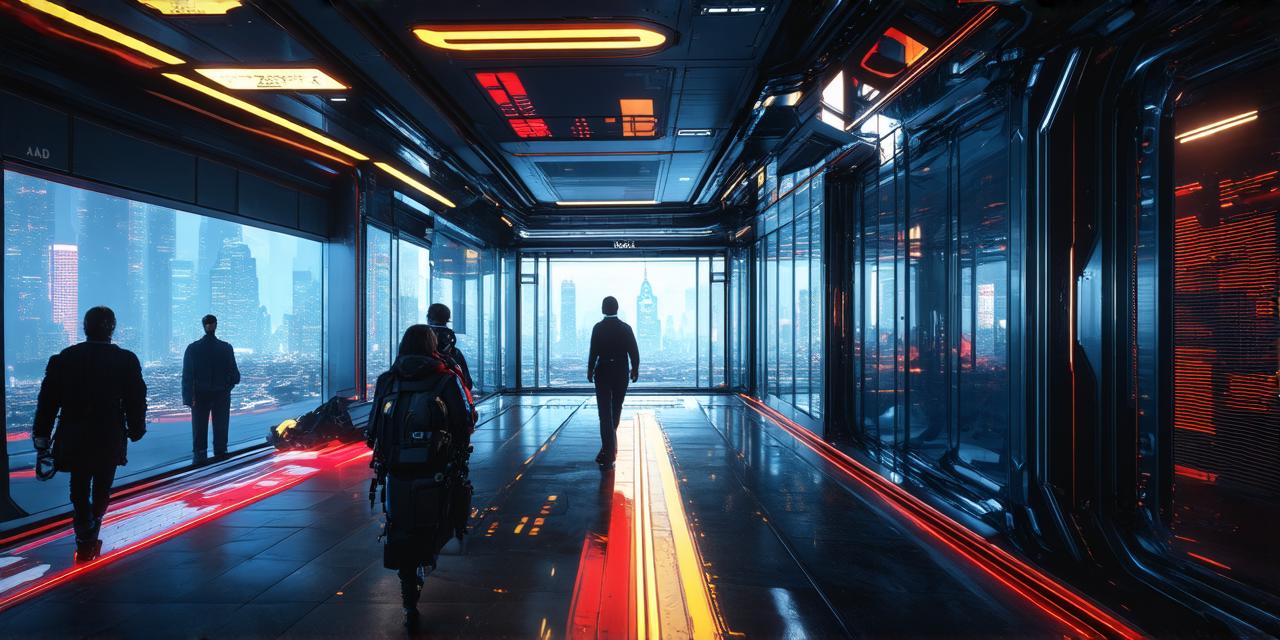Mixed reality (MR) is a technology that combines computer-generated images with the real world. It allows users to interact with digital objects in their physical environment, creating an immersive and engaging experience. In this article, we will explore the basics of mixed reality and provide a beginner’s guide on how to create a basic mixed reality example using Unity.
What is Mixed Reality?
Mixed reality technology allows users to see and interact with digital objects in their physical environment. It combines computer-generated images with the real world, creating an immersive experience that can be used for a variety of applications, including gaming, education, and training. The goal of mixed reality is to create a seamless blend of the virtual and physical worlds, allowing users to interact with digital objects as if they were real.
How does Mixed Reality Work?
Mixed reality works by tracking the user’s movements in the physical world and overlaying digital objects onto their environment. This is achieved using a combination of sensors, cameras, and software that work together to create an interactive experience. The user wears a headset or other device that captures their movements and feeds this data into the software, which then generates the appropriate virtual objects and displays them in the real world.
Creating a Basic Mixed Reality Example using Unity
1. Set up your environment
The first step in creating a mixed reality experience is to set up your environment. This involves setting up your development environment, including installing the necessary software and tools. You will also need to set up your physical environment, including setting up sensors and cameras to track your movements.
2. Create your virtual objects
The next step is to create your virtual objects. These are the digital objects that will be overlaid onto the real world. You can create these objects using 3D modeling software or by importing existing models. Once you have created your objects, you will need to import them into Unity.
3. Implement tracking
In order to track the user’s movements, you will need to implement tracking in your mixed reality experience. This involves setting up sensors and cameras that can capture the user’s movements and feed this data into the software. You will also need to write code to track the user’s position and orientation in the real world.
4. Create your mixed reality scene
Once you have created your virtual objects and implemented tracking, you can create your mixed reality scene. This involves setting up the environment, including adding backgrounds and other elements that will make up the physical world. You will also need to add your virtual objects to the scene, positioning them in the appropriate locations.
5. Test and refine
The final step is to test and refine your mixed reality experience. This involves testing the experience with real users and making any necessary adjustments based on their feedback. You may also need to make adjustments to the code or other elements of the experience to improve its performance or usability.
Conclusion
Mixed reality technology is a powerful tool that can be used for a variety of applications, including gaming, education, and training. In this article, we have provided a beginner’s guide on how to create a basic mixed reality example using Unity. By following these steps, you can create an immersive and engaging experience that combines the virtual and physical worlds.
